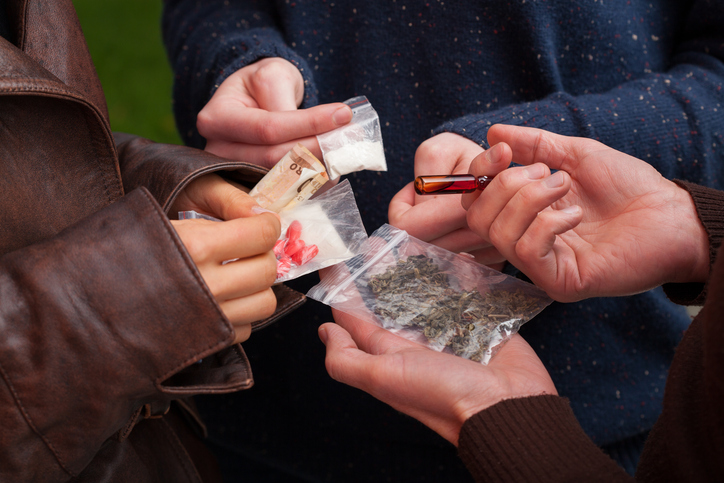Teens are dying from heroin overdoses
With kids going back to school soon, there are so many things that parents have to worry about, including that their teens are safe and away from various forms of addiction. A recent report from the Centers for Disease Control and Prevention (CDC) found that the rate of teen drug overdose deaths in the United States is rising.
The rate of teen drug overdose deaths in the United States climbed 19% from 2014 to 2015, from 3.1 deaths per 100,000 teens to 3.7, according to the data released by the CDC. “The huge jump in overdose deaths in 2015 occurred, in my view, due to the increase in potency of street drugs such as heroin,” says Indra Cidambi, M.D., Medical Director, Center for Network Therapy. Death rates for drug overdoses among those aged 15 to 19 in 2015 were highest for opioids, specifically heroin.
Drug dealers have started lacing heroin with fentanyl, which is exponentially more potent than heroin, they do this to deliver a better high and to make it more appealing to individuals abusing opiates. Another thing Dr. Cidambi thinks is leading to these numbers is the debate about legalizing marijuana because it takes the stigma away from experimenting with drugs. “Also access to drugs (of their parents or other family members) has increased as prescriptions for addictive medications, such as prescription pain pills and benzodiazepines (used to treat anxiety) have increased dramatically,” she adds.
What types of drugs are teens into?
Dr. Cidambi has been treating individuals with drug addiction for over 10 years and the one drug that most teens try first is marijuana. “The availability of drugs used to be concentrated in the inner cities a few years back,” she explains. “Nowadays you could easily buy them at a major intersection close to your home, even if you live in the suburbs. It’s almost as easy as accessing alcohol or tobacco.” There are so many different types of drugs including some in your own medicine cabinet, such as prescription pain pills, sleeping medicine, cough syrup, and bath salts. When you mix these with heroin, synthetic drugs, and synthetic cannabinoids, you get a bigger high.
What can you do?
As a parent, you have to be extra vigilant, especially when it comes to drugs. “It is not difficult to tell if your child is suffering from addiction,” explains Dr. Cidambi. “An onset of behavioral/mood issues, unkempt appearance, avoiding old friends, lack of interest in hobbies and changes in eating habits should alert a parent that something is going on.”
If you notice something is off, seek professional help. Treatment is a viable option and is covered under most insurance plans, including Medicaid. There are free resources such as the Partnership for Drug-Free Kids Helpline that can help coach you on how to talk to your teen and even refer you to a place where your child can get treatment.